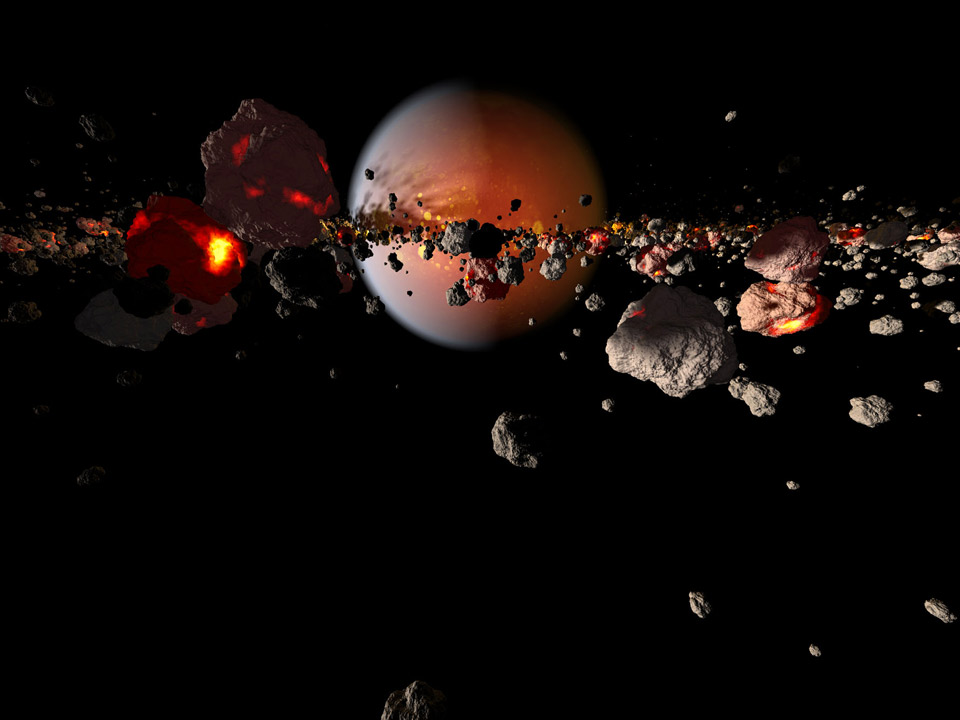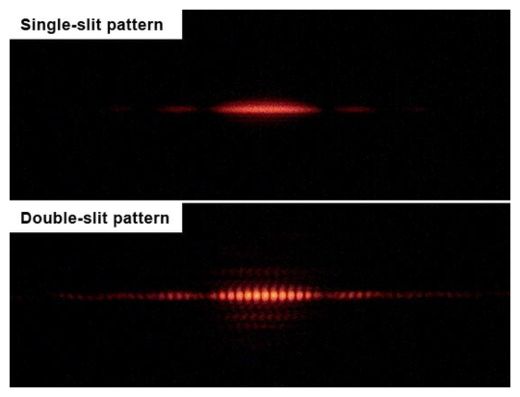
© Cosmic Collisions Space Show/Rose Center for Earth and Space/AMNHSpectacular. New research sheds light on how the moon formed.
The moon, that giant lump of rock that has fascinated poets and scientists alike, may be about to get even more interesting. A new analysis of isotopes found in lunar minerals challenges the prevailing view of how Earth's nearest neighbor formed.
Most scientists believe Earth collided with a hypothetical, Mars-sized planet called Theia early in its existence, and the resulting smash-up produced a disc of magma orbiting our planet that
later coalesced to form the moon. This is called the giant impact hypothesis. Computer models indicate that, for the collision to remain consistent with the laws of physics, at least 40% of the magma would have had to come from Theia.
One way to test the hypothesis is to look at the isotopes of particular elements in rocks returned from the moon. Atoms of most elements can occur in slightly different forms, called isotopes, with slightly different masses. Oxygen, for example, has three isotopes:
16O,
17O and
18O, indicating differences in the number of neutrons each nucleus contains. Compare any two samples of oxygen found on Earth and you'll find the proportions of
16O,
17O and
18O isotopes are almost identical in the two samples. The proportions found in samples from meteorites and other planets like Mars, however, are usually different. So if you find that a sample has the same oxygen isotope composition as one from Earth, then it's very likely the sample came from our world.
Previous research has established that the oxygen isotope composition of lunar samples is indistinguishable from that of Earth. Since 40% of the moon is supposed to have come from Theia (which presumably would have had a different isotope composition), this might spell trouble for the giant impact hypothesis. But it's possible that Earth may have exchanged oxygen gas with the magma disk that later formed the Moon shortly after the collision, explaining why the results are the same.



